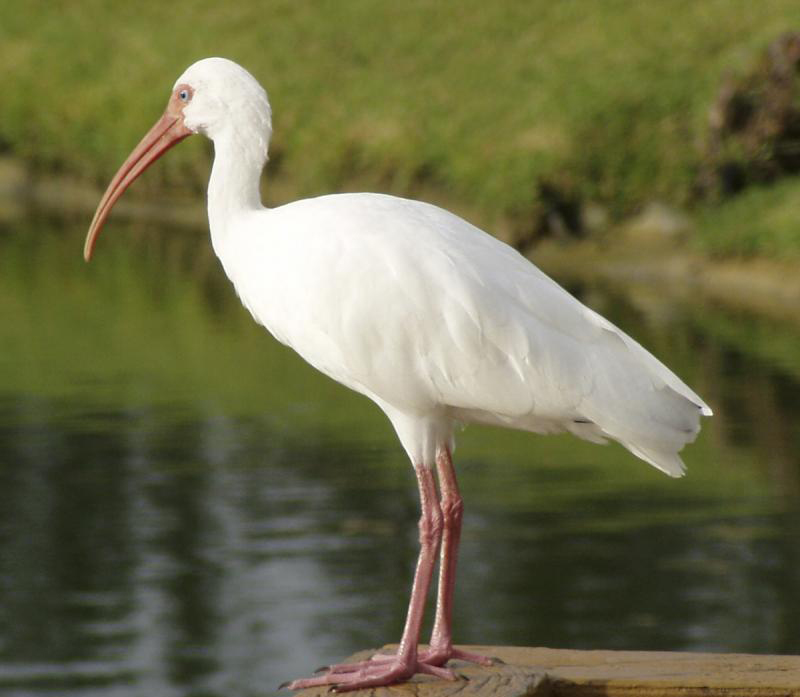More on white ibis spreading north; cycling to Michigan
I wrote recently about seeing a flock of white ibis along Delaware's coast, a southern bird I hadn't seen before in these parts. Rob Blye, vice president of the Sussex Bird Club, wrote a letter in response:
"A search in eBird (www.eBird.org) indicates that white ibis has been reported every year since 2010 in Sussex County, primarily Cape Henlopen area and Prime Hook NWR. As many as 100 have been roosting at White's Pond, Monroe Avenue off of Kings Highway, this summer and last year.
"I agree with Dennis that white ibis is generally a more southern bird but climate change in general, and a drought in the south this year, seem to be forcing them north in recent years.
"For those interested in birds in Sussex County please join the Sussex Bird Club for field trips this summer and fall or join our club. For more information visit www.sussexbirdclub.com."
Thanks to Rob for his response and for the additional information.
In the spirit of Molly Murray, dearly departed, I wrote a note to the Cornell Lab of Ornithology at Cornell University asking for thoughts on the northward spread of white ibis. Ornithologist Marshall Iliff touched base with the following information:
"White Ibis have strayed to Delaware and points north of there for decades, usually just a few per year. Recently, they have increased hugely, and counts of dozens were unprecedented until the last few years.
"White Ibis have been increasing at the northern edge of their range for the last couple decades. Their advance was slow initially, with first breeding in Virginia on Fisherman's Island [just above the Chesapeake Bay Bridge-Tunnel on Virginia's Eastern Shore] and birds later expanding within past decade to form a colony at Chincoteague, Va. They have yet to breed in Maryland or points north of Maryland, but are expected to do so soon. Counts of 1,000+ at the Chincoteague colony show that this may be the source for much of the dispersal along the coast north of there.
"eBird [a birding website] has had dense data in the region for about the past decade."
Thanks to Marshall for weighing in. Birding is an important recreational activity and is especially rewarding along the coast of Delaware where there are hundreds of species to be seen. Having white ibis and glossy ibis as part of the mix makes birding here even better.
Headed for Traverse City
Becky and I are bicycling our way toward Traverse City, Michigan, to spend some time with friends. Should take about a month to get there and then a month back. A thousand miles each way. Yes, we're crazy.
As of this writing on Wednesday, Aug. 16, we've logged about 169 miles including 48 on Tuesday that brought us to Shepherdstown, West Virginia. That's four days of pedaling. We're hoping to average about 50 miles a day but at this point we're building strength and toughening our butts. So far we've camped two nights, spent one night with friends and one night in an inn. I'm blogging as frequently as I can, and you can find those scribblings with photographs in the blog section of capegazette.com. Right now we're making our way toward Pittsburgh via the Chesapeake and Ohio Canal towpath trail and then the Great Allegheny Passage. After that we plan to head into Ohio at Steubenville, make our way to Oberlin where we went to college, and then northwestward along the shores of Lake Erie to Sandusky and Toledo before crossing into Michigan. From Toledo we'll head toward Kalamazoo and then up Lake Michigan's eastern shore toward Traverse City. Based on research at Google's bicycle maps, almost half of our journey should be on off-road bicycle trails. It's amazing to see the network of bicycle and hiking trails continuing to grow in our country. We're enjoying being outside every day and looking forward to watching the seasons change. As always, thanks for reading.






















































